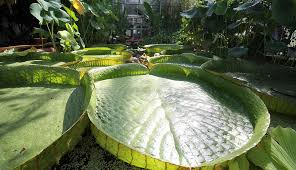
What is the safest insecticide to use on vegetables? Pyrethrins. Extracted from daisies, pyrethrins is known to be one of the safest insecticides to use in a vegetable garden. Aside from instantly killing insects, they are virtually nontoxic to mammals and dissipates in a day or less.
What should I spray in my vegetable garden?
- Bonide Ready-To-Use Neem Oil Vegetables & Fruit.
- Natria Neem Oil Spray For Vegetables & Fruit, Ready-To-Use.
- Bio-advanced Fruit, Citrus & Vegetable Insect Control.
- Monterey Garden Insect Spray, Insecticide With Spinosad.
What can I spray on my vegetable garden to keep bugs away? Oil Spray: Mix 1 cup of vegetable oil with 1 tablespoon of mild liquid soap. Add 2-8 teaspoons of this mixture to 1 quart of water and spray your plants as above. The oil in this spray smothers the insects so it is effective on aphids, thrips, mites, and scale.
What is the best pesticide for tomatoes? Contact insecticides such as bifenthrin, cypermethrin, cyhalothrin, permethrin, and esfenvalerate are effective in controlling stink bugs, leaf-footed bugs, aphids, fruitworms, and hornworms (See Tables 1 and 2). Do not use permethrin on tomato varieties with fruit less than one inch in diameter.